Water Pricing Story Makes Headlines
The price of water is national news, and Circle of Blue’s Brett Walton is driving the story.
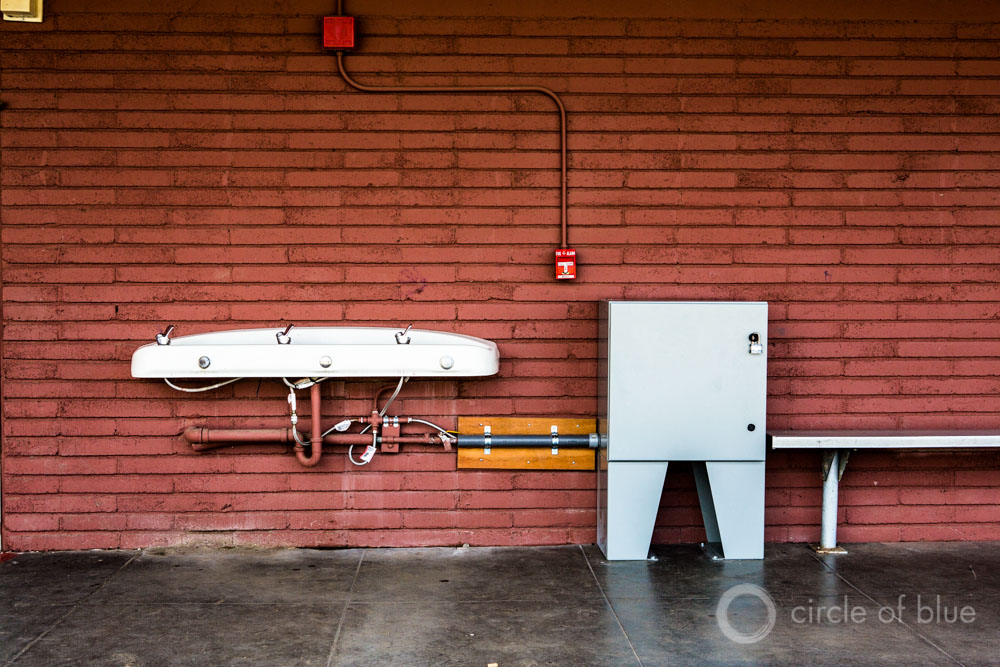
On April 22, Circle of Blue published my annual update of residential water prices in 30 major U.S. cities. I’ve been doing this story since 2010, and prices have gone up 41 percent over the past six years, which is faster than the rate of inflation and faster than the increase in the price of other household staples.
The Price of Water story gets more clicks than any other story on our website, and the pricing data have been cited broadly — by graduate students and trade groups, as well as the magazine Popular Mechanics.
But this year, the story swelled. Media markets of all sizes followed the wave.
Since the story was published, I have been interviewed by a trio of Seattle media: The Seattle Times newspaper, the radio station KIRO, and KING5 evening news. I spoke with WABE, a public radio station in Atlanta. The New York Times used the data in a story on water rates as a conservation tool. In May, NPR’s evening news program All Things Considered referred to the Circle of Blue numbers in an interview with the mayor of Santa Fe, which has the highest water rates in the survey. On Sunday, the Santa Fe New Mexican also cited the story. Lawn and Landscape, a trade magazine for the landscaping industry, will also use the data in its annual water issue, to be published in July.
Price and Time
So why all the attention now? After all, the series began in 2010.
Timing, for one, plays a large role. Water rates generally are a local matter, debated by the city council or presented to public utility commissions in stacks of spreadsheets and bar charts.
Over the last year, however, after frothing under the surface, water has broken through as a national issue.
- The California drought is a front-page story, even in Eastern papers.
- Lake Mead, the nation’s biggest reservoir and a vital sign for water supplies in the Southwest, has never been lower.
- Water shutoffs in Detroit last summer prompted questions about water affordability and access that drew international attention when two United Nations experts condemned the practice. (Watch for my colleague Aubrey Ann Parker to have an update to our reporting on this issue later this month.)
- The price of water also intersects with debates about America’s infrastructure: its roads, bridges, and splintering water pipes, which are consistently rated near failing by engineering groups. No money, no repairs. If dry taps and geysers on Main Street don’t grab attention, few other images will. Yet the share of federal spending on water and sewer infrastructure is 17 percent, down from 72 percent at its peak, in 1977, according to the Congressional Budget Office.
People in all corners of the country are looking for water solutions, and pricing is one tool. But which one to use? Rates come in many designs:
- Uniform rates, where the price per gallon is constant
- Increasing block rates that charge more per gallon when more water is used
- Seasonal rates that peak in the summer and drop in the winter
- Water budgets that assign households an optimal level of use
- Monthly charges that increase based on use
No city has the perfect mix, but each city’s experience is instructive. The New York Times article compared Santa Fe’s increasing block rates to Fresno’s uniform charges to draw a lesson on economic incentives for conservation.
Price and Value
Other forces have been pushing the price of water into the spotlight.
In October, researchers from Stanford and the Brookings Institution’s Hamilton Project sponsored a forum on U.S. water policy that featured water pricing as a key tool for managing scarce supplies. The Value of Water Coalition — a group of utilities, engineering firms, and water organizations — delivers a message of reinvestment to ensure that the nation’s water systems continue to be so reliable that they remain an afterthought.
Who should pay for water? How much? Should the federal government invest more money in water infrastructure? Prices, government mandates, or social pressure — which is the best method for reducing water consumption? These are the questions of the day.
A cynic, said a character in one of Oscar Wilde’s plays, is “a man who knows the price of everything but the value of nothing.” America, in 2015, is still trying to figure out both the price and the value of water.
What do you pay for water? Do you think that is too much or too little? What ways do you think would work best to solve our infrastructure and sewer problems here in the United States? I’d love to hear from you. Send a tweet to @waltonwater, or contact Brett Walton directly, or comment below.
–Brett Walton, Circle of Blue reporter
Brett writes about agriculture, energy, infrastructure, and the politics and economics of water in the United States. He also writes the Federal Water Tap, Circle of Blue’s weekly digest of U.S. government water news. He is the winner of two Society of Environmental Journalists reporting awards, one of the top honors in American environmental journalism: first place for explanatory reporting for a series on septic system pollution in the United States(2016) and third place for beat reporting in a small market (2014). He received the Sierra Club’s Distinguished Service Award in 2018. Brett lives in Seattle, where he hikes the mountains and bakes pies. Contact Brett Walton

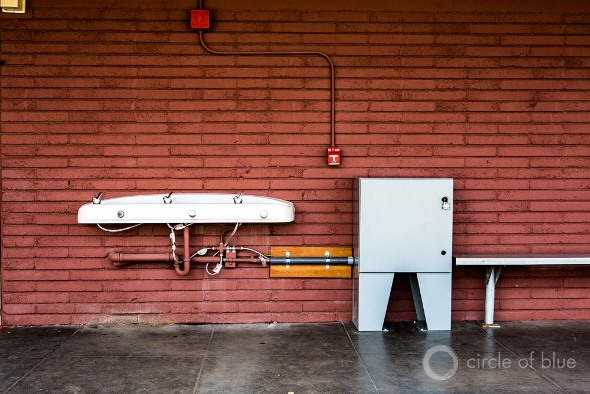

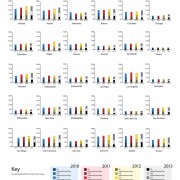
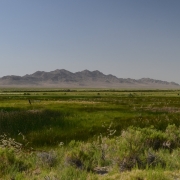
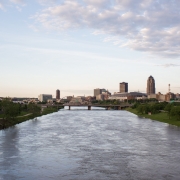
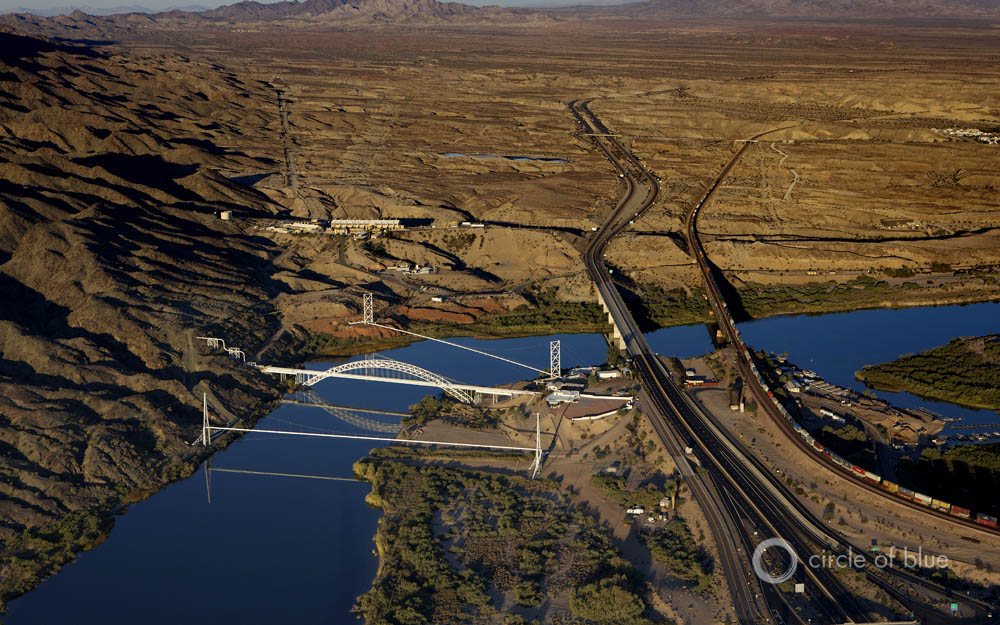
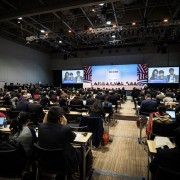



Leave a Reply
Want to join the discussion?Feel free to contribute!